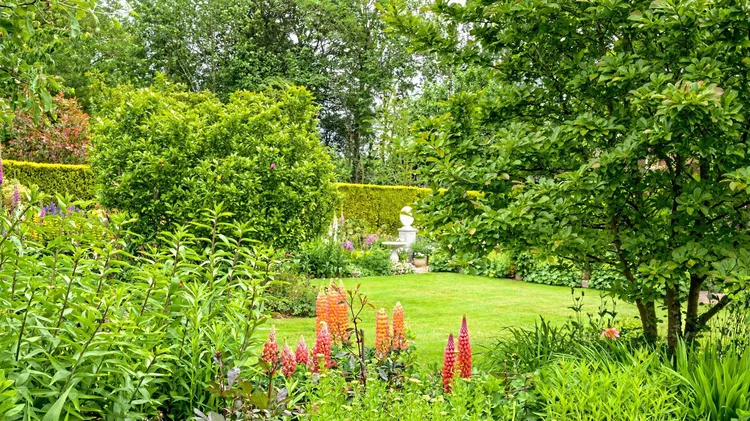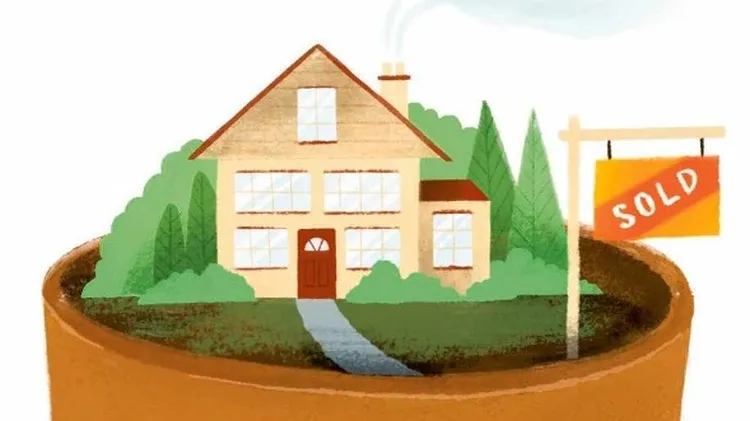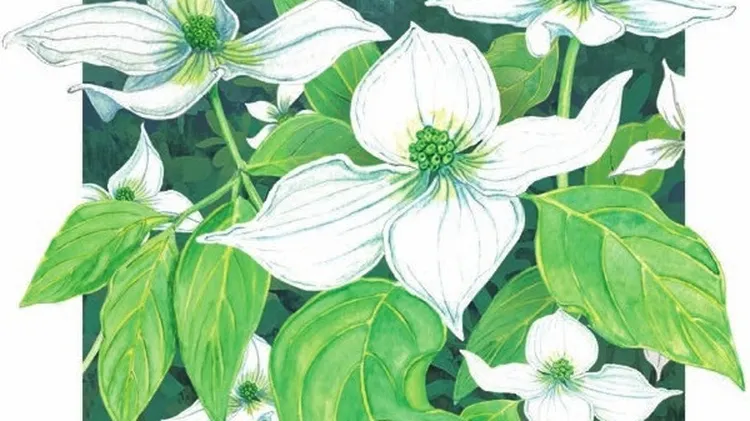Grower Charlie Ryrie details her personal journey from intensive flower far
Learning to let go
6 min read
This article is from...
Read this article and 8000+ more magazines and newspapers on Readly






